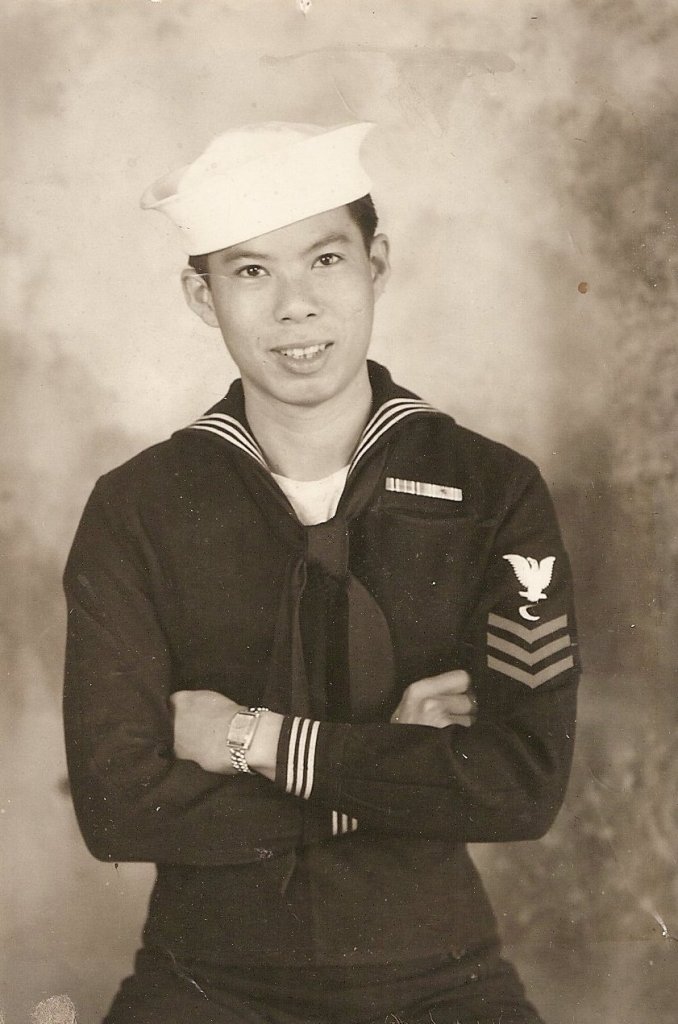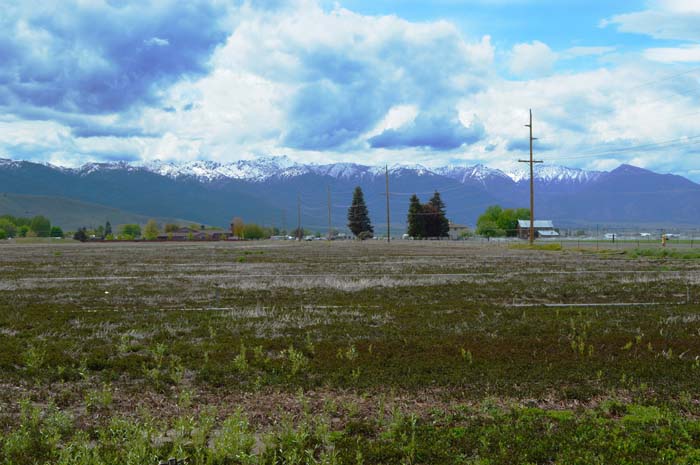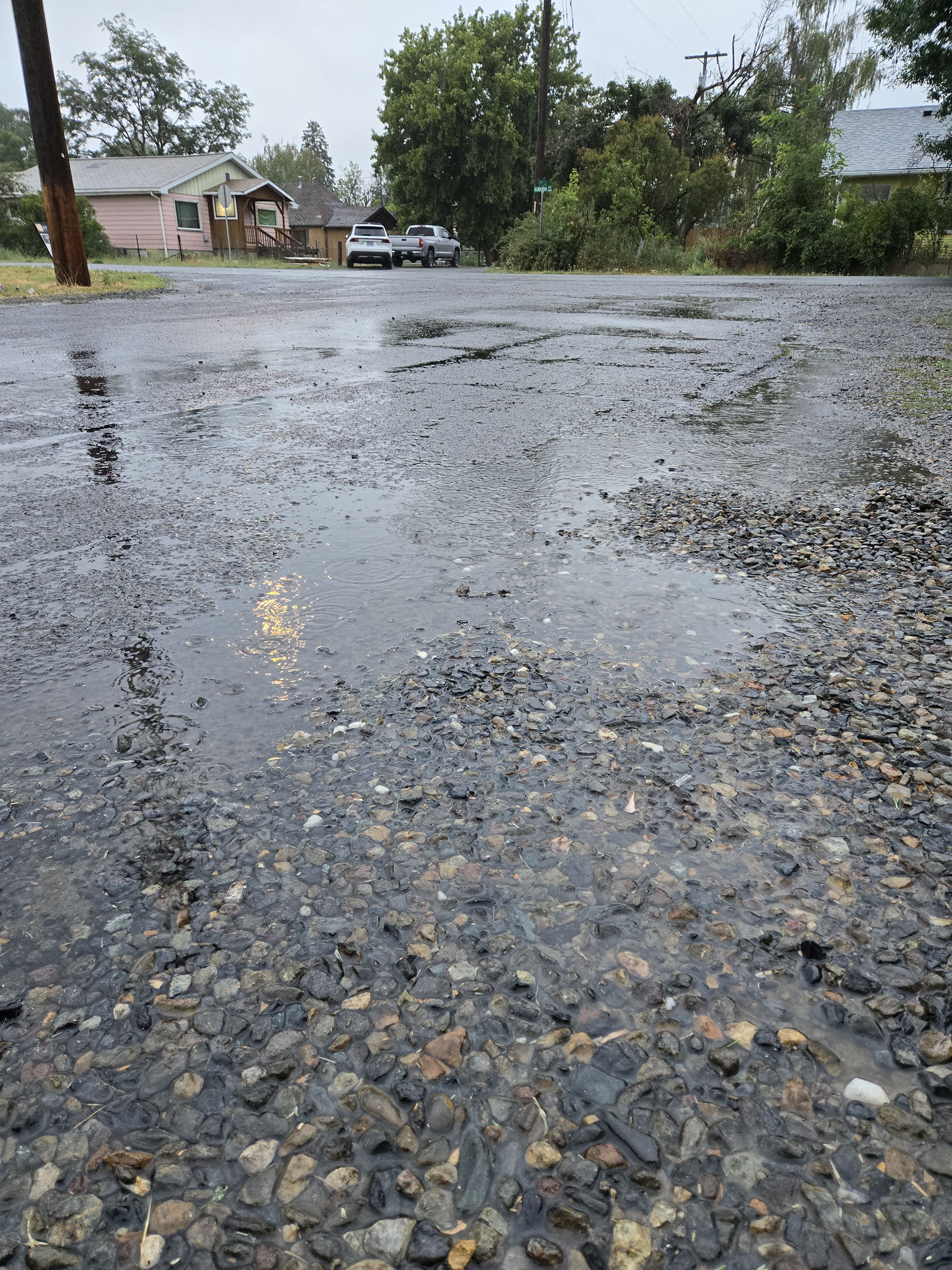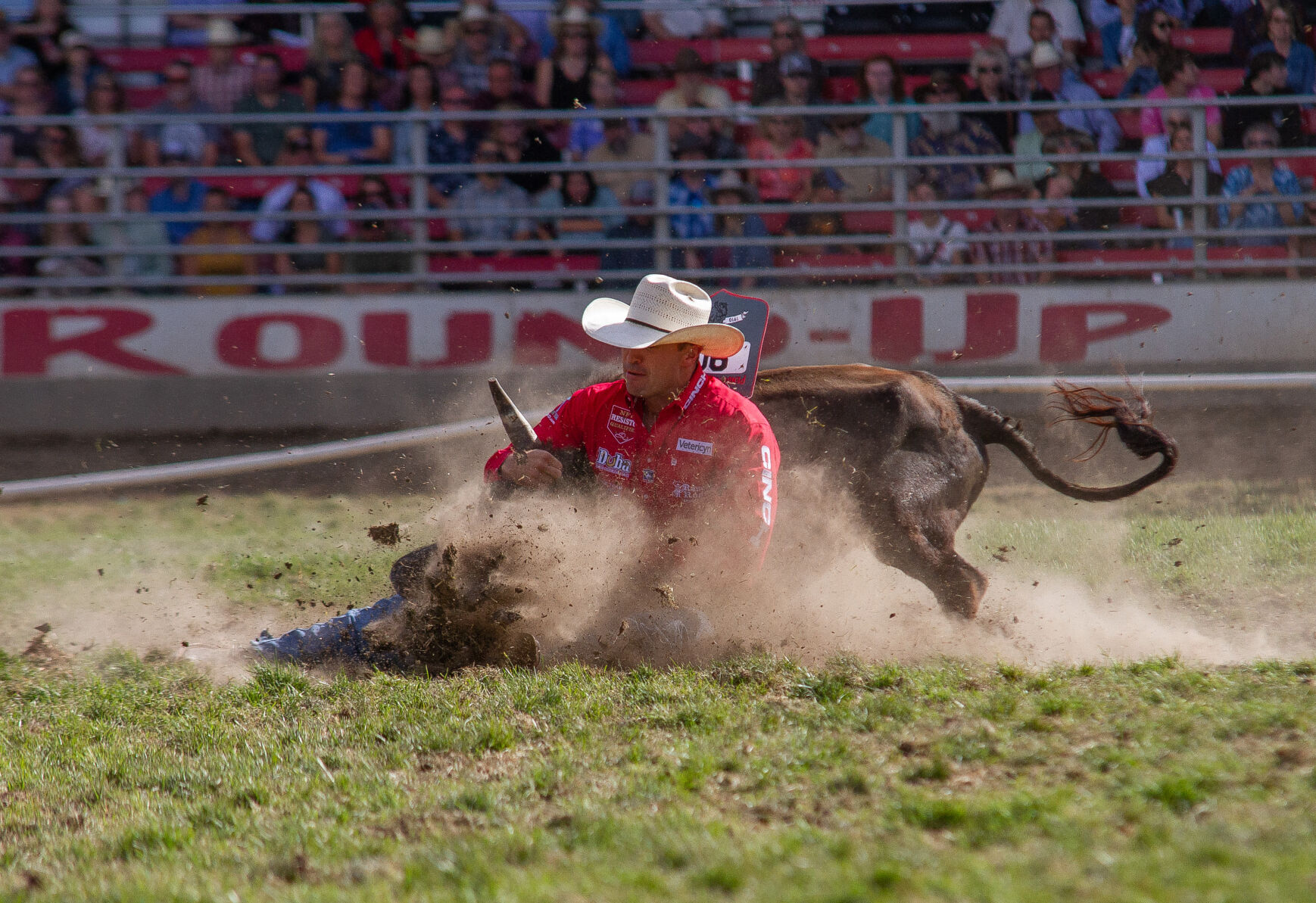Royal Cafe: 50 years on Main Street, part 3 of 6
Published 2:30 pm Friday, November 19, 2021

- Photo of Gooey Eng in 1945 near the end of his four years in the U.S. Navy serving in the South Pacific. Gooey was the son of Harry Eng, one of the five owners of the Royal Café.
Editor’s Note: This is the third in a six-part series of articles written by Gary Dielman, a longtime Baker County historian, that explores the vital role that Chinese immigrants played in the county’s history. The series, which started in the Nov. 6 issue, focuses on the families who owned the Royal Cafe on Main Street in Baker City from 1936 to 1990. The series will continue over the next three weeks, publishing in Saturday issues.
Trending
National Origin of Royal Café Owners
All five of the original Royal Café owners — Allan, born in 1900, Harry in 1900, Gan in 1902, Jack in 1904, and Jimmy in 1906 — were born during a seven-year period in the small village of Tung Sing Lai, population 200 to 300, part of the larger village of Har Peung about three miles south of today’s Taishan City, the capital of Taishan County, Guangdong (formerly Canton) Province, China.
Har Peung is 45 miles west of Macao and 60 miles west of Hong Kong in the area of the Pearl River Delta. The 1,500-mile-long Pearl River drains a huge area of southeastern China. The river’s mouth is bracketed by the cities Macao and Hong Kong, where the river empties into the South China Sea.
Trending
The California gold rush of 1849 lured a flood of Chinese laborers from poverty-stricken southeastern China. They broke into the U.S. labor market by working for less pay than white laborers. Chinese working for less pay provoked a backlash among U.S. miners and railroad workers, who complained bitterly that the practice brought down wages for all laborers. Eventually complaints were loud enough to be heard across the continent in Washington, D.C., resulting in the Chinese Exclusion Act of 1882.
Effects of the Chinese exclusion acts on the Engs
The Chinese exclusion acts had consequences for the Engs long before they came to Baker City. I’ve chosen Royal Café co-owner Harry Eng’s family history to illustrate the effects on one branch of the Eng family. The story begins with Harry’s father, Wah Eng, who was born in China in 1868, the youngest of five boys of the Eng family.
The second oldest son of the family, Ah Kim, came to the U.S. in the 1860s or 1870s. In 1878, while working in gold mining near John Day, Ah Kim received word that his father had died. Following Chinese custom, Ah Kim returned to China sometime between 1878 to 1881 to pay respects to his deceased father. When Ah Kim was planning his return to the U.S. in 1881, his mother asked him to take the family’s youngest son, 13-year-old Wah, with him. Ah Kim, who was at least 15 years older than Wah, acceded to his mother’s request.
After arriving in San Francisco, Ah Kim and Wah went north to Washington state, where they lived for seven years in Port Townsend at the north entrance of Puget Sound near Seattle, followed by two years in Seattle. At the time, Port Townsend was a major port for clipper ships traveling between Asia and the Northwest. Later, Seattle became a major port, when larger steam ships were the main form of transportation across the ocean.
In 1891, when Wah was 19 years old, the brothers moved to Walla Walla, Washington, where they lived in Walla Walla’s Chinatown. The Eng brothers and Ah Kim’s son, Ah Quong, along with several other Chinese businessmen, formed a partnership in a Chinese import-export business called Zee Tai Lung Company. By 1913 the number of partners had grown to 10.
One reason for forming company partnerships was financial. If Chinese businessmen did not individually have enough money to start a business, they pooled their money. Another reason for such partnerships was for Chinese to establish themselves as businessmen, as opposed to laborers, since the latter class was not allowed to enter the U.S. after passage of the 1882 Chinese Exclusion Act.
Immigration authorities occasionally interviewed local businessmen and bank managers to confirm that Chinese residents in Walla Walla were actually engaged in business. Another immigration regulation affected Chinese businessmen wishing to visit China and then return to the U.S. They had to acquire in advance of leaving a permit from immigration authorities that would allow their reentry. Wah Eng’s first return trip to China was in 1895 to get married. Wah Eng’s second trip resulted in Harry’s birth in 1900. A third trip resulted in the birth of Jimmy Eng in 1906.
In 1914 Wah Eng sponsored his son Harry Eng, age 14, to come to the U.S. as a student. Harry Eng and Allan Eng, age 14, the oldest of the original Royal Café owners, came to the U.S. on the steamship S.S. Ixion. Allan and Harry came as students to join their fathers in Walla Walla. Allan’s father was involved there in a restaurant business.
During their teenage years Allan and Harry attended school, but when not in school they worked as laborers in Chinese laundries and restaurants, which was not allowed under the Chinese exclusion rules. Immigration authorities closely enforced adherence to the rules. While visiting Walla Walla, they discovered that young Harry was working as a laborer in a laundry. His father, Wah Eng, received a warning for allowing Harry to engage in work as a laborer.
In 1917 Wah Eng established a new import-export business in Pendleton and put Harry in charge of management. That was the same year Harry registered for the U.S. draft and the year the U.S. started sending troops to fight in Europe during WWI. Harry was not called to serve.
Two more of the co-owners of the Royal Café, first cousins Gan Ong and Jack Eng, arrived in the U.S. a couple of years apart. Gan Ong, who was born in China in 1902 with surname Eng, came to the U.S. in 1920 to join his father, Gue Ong, in Pendleton.
Immigration recorded Gan’s surname as Ong, which is a common spelling variant of Eng. Jack Eng, who was born in 1904 in China, came to the U.S. in 1922 sponsored by his uncle Gue Ong. So Jack immigrated to the U.S. as Jack Ong. Jack later changed his surname back to Eng. In about 1926 Jack returned to China and married Sue Oye Lim. The first of their two children, Henry, was born in July 1927. After another trip to China, their son Ken was born in about 1935.
In 1921 Harry Eng went back to China to marry Ngoi Toy Lim. When he returned to the U.S., he brought his six-years-younger brother, Jimmy Eng, age 15, to join him and their father in Walla Walla. Later Jimmy would become the youngest of the original co-owners of the Royal Café.
Due to Chinese exclusion laws, Harry’s wife, Ngoi Toy, did not come to the U.S. until 1967, six years after Harry’s death in 1961. Although she was sponsored by her son, Gooey Eng, she never lived in Baker City. In 1999, at age 97, Ngoi Toy Eng died in San Francisco, where she is buried.
In 1926 Wah Eng retired as manager of the Zee Tai Lung Company in Walla Walla and returned to China, where he died around 1943. Wah Eng was buried in hills behind his home village. Tung Sing Lai, Wah Eng’s wife, is also buried there. She was never allowed to join her husband in the U.S. due to the Chinese exclusion laws. They lived virtually their whole married lives separated by 7,000 miles of Pacific Ocean.
Paper Names
An exception to the 1882 Chinese Exclusion Act, and later extensions, allowed Chinese businessmen in the U.S. to sponsor their sons to join them in the U.S. But if there was not a family member businessman already in the U.S., some Chinese parents devised an illegal way to send a son to the U.S.
They found a Chinese businessman already in the U.S. who would sponsor the person as his son, sometimes after being paid to do so, by filing the proper application with U.S. immigration authorities. If the application was accepted, then the person immigrated under the surname of the sponsor. Such names were referred to informally as a “paper names,” as opposed to the surname of the birth father.









